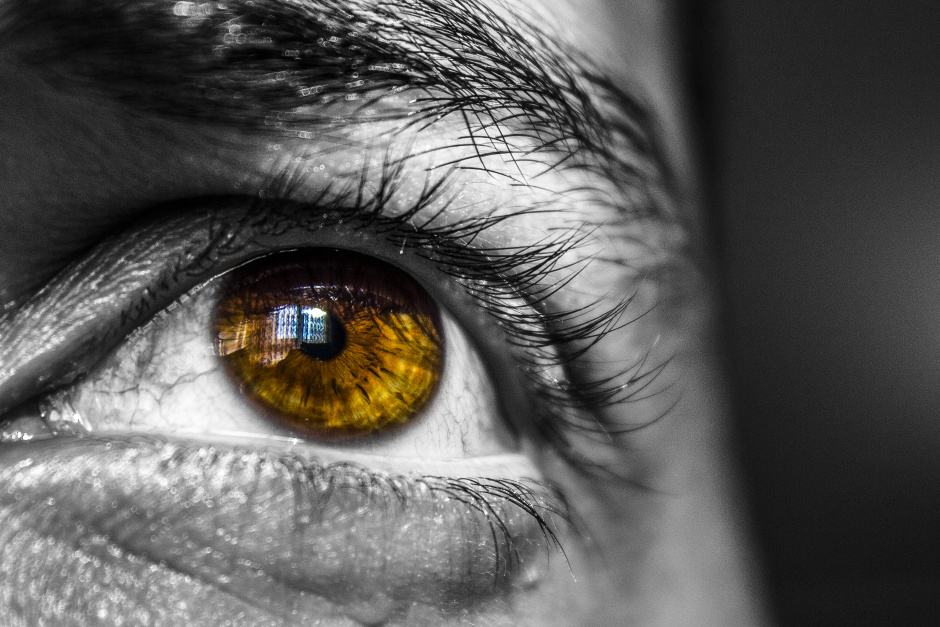Artificial 2D retina show potential for sight restoration and health monitoring
An artificial 2D retina made from materials including graphene and molybdenum disulphide could restore sight and be further modified to track heart and brain activity, scientist claim.

The researchers from University of Texas at Austin (UT Austin) and Seoul National University presented their work on August 20, 2018 at the 256th National Meeting & Exposition of the American Chemical Society (ACS).
"This is the first demonstration that you can use few-layer graphene and molybdenum disulphide to successfully fabricate an artificial retina," said Nanshu Lu, an associate professor at UT Austin’s Cockrell School of Engineering. "Although this research is still in its infancy, it is a very exciting starting point for the use of these materials to restore vision.”
Located at the rear of the eye, the retina contains photoreceptor cells that convert incoming light into nerve signals that are sent to the brain via the optic nerve. Macular degeneration, diabetic retinopathy and retinitis pigmentosa can damage or destroy retinal tissue, leading to vision loss or complete blindness.
Register now to continue reading
Thanks for visiting The Engineer. You’ve now reached your monthly limit of news stories. Register for free to unlock unlimited access to all of our news coverage, as well as premium content including opinion, in-depth features and special reports.
Benefits of registering
-
In-depth insights and coverage of key emerging trends
-
Unrestricted access to special reports throughout the year
-
Daily technology news delivered straight to your inbox










National Gas receives funding to develop Gravitricity underground hydrogen storage system
One single rock salt mine - Winsford - has 23 <i>MILLION </i>cubic metres of void and even allowing for 10% of that void set aside for hazardous waste...